Web3: Explore the Future of the Internet
What is Web3 and how does it differ from Web 2.0?
Web3 refers to the next evolution of the Internet, where decentralization and blockchain technology play a pivotal role in transforming how we interact online. Unlike Web 2.0, which focused on centralized platforms, Web3 aims to shift power and control back to users by enabling peer-to-peer interactions and eliminating intermediaries.
How does Web3 enable decentralization?
Web3 utilizes decentralized networks and protocols, such as blockchain, to establish trust and enable direct interactions between users. By eliminating the need for intermediaries, Web3 empowers individuals to have control over their data and digital assets, fostering a more transparent and secure online ecosystem.
What is the role of the Internet of Things (IoT) in Web3?
IoT plays a crucial role in Web3 by connecting physical devices to the Internet and enabling them to interact with each other autonomously. This integration of IoT and Web3 technology allows for the creation of decentralized networks of devices that can securely exchange data and execute transactions without the need for central authorities.
How does blockchain technology support Web3?
Blockchain is a foundational technology for Web3 as it provides a decentralized and transparent system for recording and verifying transactions. By utilizing blockchain, Web3 ensures the immutability and integrity of data, enabling secure peer-to-peer transactions and smart contracts.
What are the potential benefits of Web3?
Web3 offers several potential benefits, including increased privacy and security, enhanced user control over data, reduced reliance on intermediaries, and the potential for new business models and opportunities. It also fosters a more inclusive and open Internet where individuals have equal access and participation.
What are the challenges and limitations of Web3?
Despite its promises, Web3 faces challenges in terms of scalability, interoperability, and user adoption. Scaling decentralized networks to handle large-scale applications and ensuring seamless interoperability between different blockchains and protocols are some of the key technical challenges. Additionally, educating and incentivizing users to embrace Web3 technologies may take time and effort.
How can individuals and businesses embrace Web3?
To embrace Web3, individuals and businesses can start by familiarizing themselves with blockchain technology and exploring decentralized applications (dApps) built on Web3 principles. They can also support and participate in blockchain projects, contribute to the development of decentralized protocols, and advocate for policies that promote the adoption of Web3 technologies.



